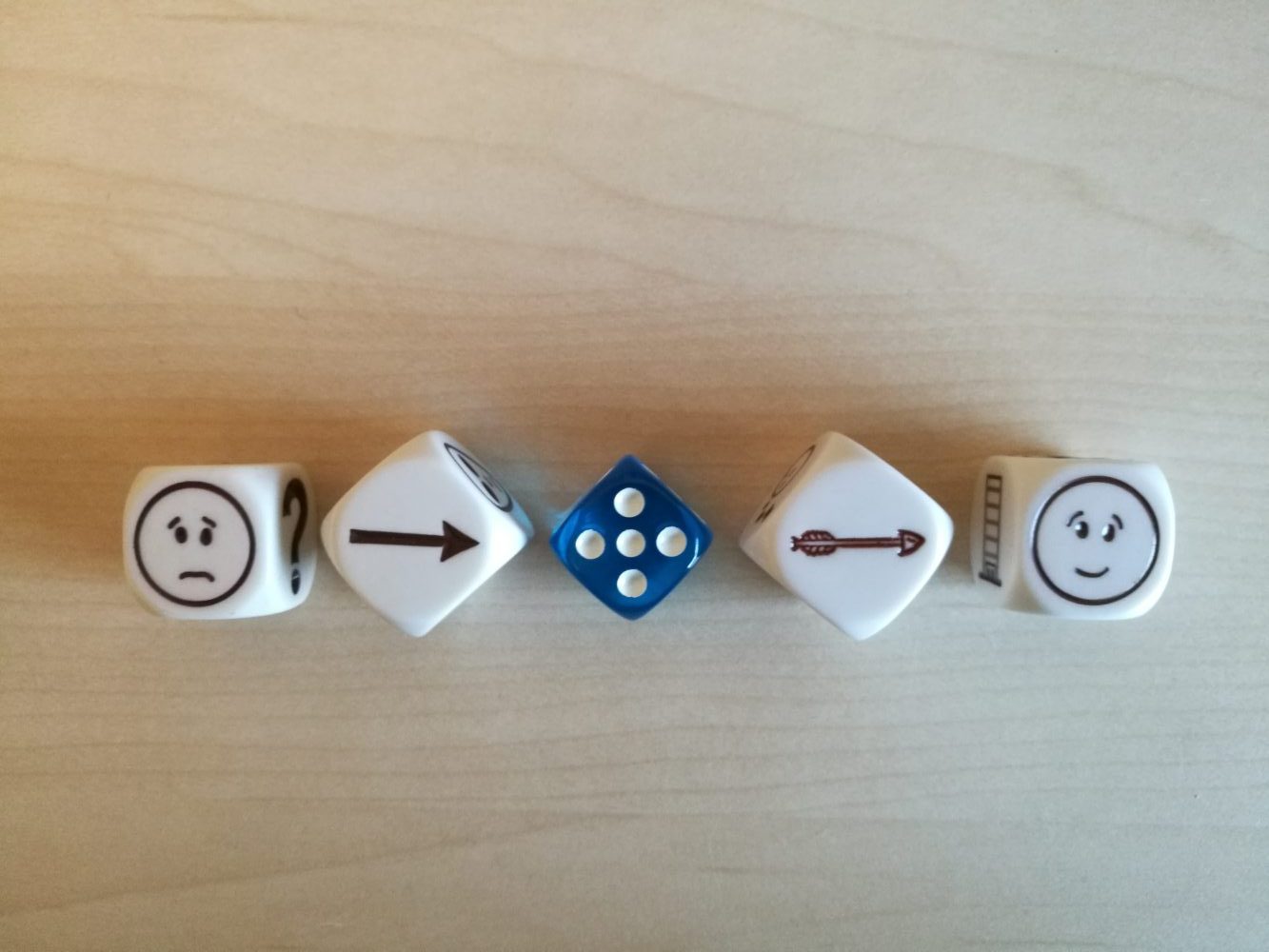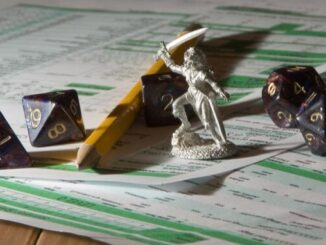
This article contains a list of twenty-three lessons learned from games and turning our lives into games. This list is an extended excerpt from the book Gameful Project Management. The extensions are mainly from Self-Gamification Happiness Formula.
Please note that this list is not exhaustive.
- Projects are the building blocks of our professional and personal lives. To live joyfully, we also need a joyful approach to our projects. And if fun is a great tool for motivation and success, where would be the best place to look for it? Games, of course! The main reason people spend time playing games is that they make us happy and are supposed to be fun. So why not turn anything we want or have to do into fun and engaging games?
- Drama falls away in games. If we look at what we want or have to do as a game, then the stakes are not that high, are they? It’s just a game, isn’t it?
- We are less critical of ourselves in games. In a computer game we don’t dwell on the fact that we just bumped our car into a wall. Instead, we notice what happened, reverse, turn the car around, and move on. We can do the same in our real-life “games” (including projects and project management activities).
- We are less afraid of failure in games. In fact, failures in games are often not considered as such, but as steps on the way to winning. Which is especially true for game design. Discarded game designs are rarely regarded as failures. They are scarcely analyzed for why they “failed” at all. They are just steps on the natural progression towards the successful design.
- When you see and treat whatever you are up to as a game, you can better deal with fear and anxiety. Self-Gamification and its three components can help you to address and bypass fear and anxiety, which are as present in project management as any other activity in which we want to succeed. The more we want to succeed, the bigger the fear, of both failing and succeeding, as well as what people might say in either of these scenarios. But if what we do is just a game, then the fear diminishes considerably, and we are more willing to try again or try something new.
- In games, you don’t stay upset for too long. If you do, then you stop playing the game. To continue playing, you need to put your upset aside and focus your attention on the next move in the game. Or to another game. Imagine how much easier real-life projects can become if you proceed with them in the same way. In real-life projects, you can do the same: acknowledge the upset and move on.
- When you no longer spend so much time on upsets and complaints, you save an enormous amount of time. I observed this consistently in many projects I turned into games. What happens then is that the projects or tasks are completed with much less effort than anticipated, and often before the deadline (or at least on time). So you also save money in the process. And thanks to the great atmosphere in the project, and better results than expected, you might even get referrals, not only from your customer, but from your customer’s customers too — all as a result of awareness, small steps, and gamefulness.
- When we see and treat our projects like games (which we both design and play), then we can stop seeing the challenges the project poses as a hardship, but rather as something fun, to be addressed with curiosity and creativity.
- You might even become curious about something you previously resented. You might find you are suddenly eager to start work on the project now, just like you couldn’t wait to try out a new (or old but newly rediscovered) toy or game when you were younger.
- As a game designer, you feel in control; you can be that in project management too. Because as the designer of your projects and project management games, you can adjust one or both of the following: the way you approach them, and the way you record your progress.
- Game designers are utterly resourceful. And you can be that too, in an instant, if you become aware that you are both the designer (or co-designer) and player (co-player) of your project games. If you consider anything you do as a game, of which you are the designer and the player, then you immediately become resourceful on how to adjust the flow of your work so that it becomes fun for you and all involved. With gameful practice, resourcefulness becomes effortless and extremely fun.
- Empathy is more natural in games, and we judge our partners in games less than partners and customers in projects.

- Turning your life into games allows you to treat yourself as your best (customer) player and at the same time, your favorite game designer, to whom you gladly give your feedback to make your favorite games even better. And when you treat yourself like that, you will also treat others with kindness more consistently, and vice versa, since people tend to mirror our behavior toward them.
- Gameful Project Management (i.e., turning project management into games) enables low-budget, effortless, enlightening, and fun optimization of all facets of your project management. You might frown at this sentence, but this is precisely how the management of your projects and your time can become when you turn them into exciting games and treat yourself as if you were both the designer and the player of your project management games.
- Turning project management into games will not require you to buy a new software system or hire new personnel. Instead, you can concentrate on improving your project management activities with what you already have at your disposal, and with little additional effort. With a self-gamified attitude to project management, you will become aware of what you need for your work (and even life in general) and make conscious decisions on what to do next. You will also acquire gameful resourcefulness and motivation in any situation, including tight deadlines when increased motivation is hard to achieve but often needed.
- Games and game design are an endless well of creative solutions for project management. “The design and production of games involves aspects of cognitive psychology, computer science, environmental design, and storytelling, just to name a few. To really understand what games are, you need to see them from all these points of view.” — Will Wright in the foreword to Theory of Fun for Game Design by Raph Koster. So why not tap into such a multidimensional and fun discipline for inspiration?
- Since games are fun and contain elements that contribute to our happiness, why not approach all our projects and activities in such a way that they become fun, engaging, and entertaining for us, in the same way that games do? If we use fun as the goal, compass, and measuring tool in our projects, along with awareness and progress in small steps, then quality, excellence, success, improvement, productivity, efficiency, and all the other criteria of a successful project and business will come naturally as by-products.
- Any project is already a game; we just don’t always see them that way. Just consider this quote by Jane McGonigal, which I already quoted in my first article in Ludogogy and which is worth quoting again and again: “What defines a game are the goal, the rules, the feedback system, and voluntary participation. Everything else is an effort to reinforce and enhance these four core components.” — Jane McGonigal, Reality Is Broken. See the following five reasons considering various aspects of these four core components in games and real-life projects.
- When you view what you are doing as a game, you are less likely to forget what the goal is. The goal is always clear and visible in a game. In a real-life project, we often get lost in complaints and forget why we started doing something in the first place.
- Beyond that, we are more willing to follow the rules in a game and to practice it to become better at it.
- In games, we don’t resent having to record or document our progress: in fact, we love it. Because, with each move of our figurine on a leaderboard, we get closer to winning the game. If you despise writing reports or creating and updating checklists, project (or business) plans, road-maps, and others, then seeing them as your project game feedback system can help. And then modifying these in a fun and creative way will help you put your resentment aside with almost no effort.
- We are less reluctant to start playing a game than we are to say “yes” to a real-life project.
It is much easier to be present and give our best in games. If we enjoy a game we don’t try to get it over with. And if we don’t have fun playing it, we either leave it for another game (or something else), or modify the design so that we do enjoy it.
- The Collaborative-Competitive Paradox of Self-Gamification - 14th January 2022
- Self-Gamification and the Core Gameplay Loops - 21st August 2020
- What playing games and turning life into games can teach us? - 17th April 2020





Useful framework for building “umph” and FUN into one’s life.
Victoria presented a session at Gamification Turkey this month too. You can see the recording here. https://lnkd.in/dvbzpnx